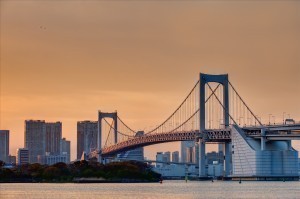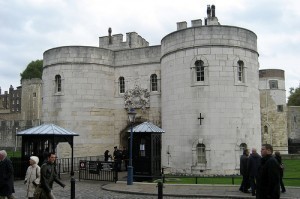Biggest National Monument
There are several national monuments that may be considered as the biggest national monument in the world, based on whether these are man-made or natural, land-based or marine.
Countries boast of their national monuments, each with a special unique feature that sets them apart from one to the next. These national monuments serve as a testament to the country’s efforts to preserve a part of their history, their natural landscape and also their ecosystem.
Biggest National Monument: Natural Bridge
There are several bridges around the world that have far greater extent, spanning hundreds of kilometers but one that is provided by nature is quite few and far between.
The Rainbow Bridge National Monument is considered as the biggest national monument created by nature. This can be found in Utah and spans two hundred and seventy-five feet across with a thickness of forty-two feet at the top.
The height of this national monument is pegged at two hundred and ninety feet.
Although there are other natural bridges around the world, analyses of these “bridges” have deduced that these are more of arches than bridges.
The bridge is said to have been formed at the end of the Triassic as well as Jurassic Periods. It is completely made of sandstone and can be accessed either via Lake Powell wherein you will have to take a boat ride or hiking via the trails from the southern edge Lake Powell.
Biggest National Monument: Marine Sanctuary
For the marine sector, the Papah?naumoku?kea Marine National Monument is considered as the biggest national monument of its kind in the world. Standing at one hundred miles in width and stretching one thousand and four hundred miles across the Pacific Ocean, this marine sanctuary serves to protect Hawaii’s coral reels, atolls, islands and pinnacles.
It is said that this particular biggest national monument is one hundred times bigger than Yosemite National Park; bigger than most of the states in the US and 7 times bigger than other marine sanctuaries in the United States combined.
Millions of seabirds inhabit the protected islands while dolphins; monk seals, which are considered an endangered species; and green turtles freely roam the waters protected by the marine sanctuary. There are about twenty-three species of endangered marine creatures protected by this particular biggest national monument.
The marine sanctuary also serves to protect several species of albatrosses whose population within the sanctuary is considered as the largest there is all across the globe.
Fishing has slowly been phased out within the waters covered by the marine sanctuary in order to further protect the islands’ fragile ecosystem.





